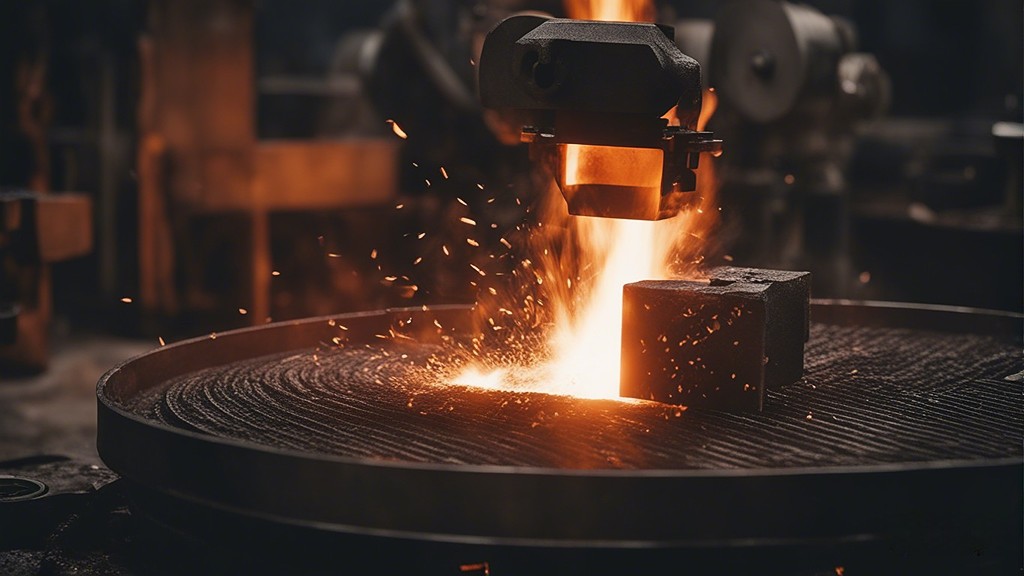Over the years, the forging industry has evolved immensely, integrating new technologies and methods. However, like any industry, new entrants into forging parts manufacturing often make mistakes. These mistakes can be costly, both in terms of monetary loss and the loss of reputation. Let’s delve into the most common pitfalls that new forging parts manufacturers fall into:
Lack of Proper Material Selection
Mistake: New manufacturers may choose materials based purely on cost or basic material properties, ignoring specific requirements of the end-use application.
Implication: Using the wrong material can lead to reduced product lifespan, failure under stress, or even safety risks.
Solution: Invest time in understanding the specific requirements of the end product. Consult with experts, consider factors like tensile strength, corrosion resistance, and thermal properties.
Neglecting Quality Control and Testing
Mistake: Underestimating the importance of rigorous quality control (QC) procedures and testing.
Implication: Inconsistent product quality can lead to high rejection rates, dissatisfied customers, and potential safety issues. Moreover, it can result in costly recalls.
Solution: Establish stringent QC processes. Use modern testing equipment and techniques such as ultrasonic testing, hardness testing, and metallurgical analysis to ensure product quality.
Inadequate Training and Skill Development
Mistake: Assuming that basic training is enough for workers and not investing in continual skill development.
Implication: Without proper training, the workforce might not be equipped to handle complex forging tasks, leading to more mistakes, reduced productivity, and increased wastage.
Solution: Regularly update training programs. Collaborate with industry experts, institutions, or associations to ensure that the training is aligned with the latest industry standards and technologies.
Failing to Adopt Modern Technologies
Mistake: Sticking to older manufacturing methods and not embracing new technologies.
Implication: This can lead to reduced efficiency, increased production costs, and an inability to meet the demands of modern applications.
Solution: Stay updated with the latest in forging technology. Whether it’s computer-aided design (CAD) tools, advanced machinery, or automation systems, integrating modern technologies can boost production efficiency, reduce waste, and improve product quality.
Check out a leading forging parts manufacturer in the industry today, who enjoys impeccable reputation for quality and affordability of their forgings.
